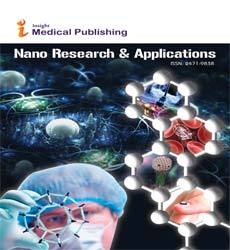Abstract
Colloidal nanoparticles and unique interfaces-based SARS-CoV-2 detection methods and COVID-19 diagnosis
In March 2020, SARS-CoV-2 based infections were declared ‘COVID-19 pandemic’ by the World Health Organization (WHO). Pandemic raised the necessity to design and develop genuine and sensitive tests for precise specific SARS-CoV-2 infections detection. Nanotechnological methods offer new ways to fight COVID-19. Nanomaterials are ideal for unique sensor platforms due to their easy manufacturing, chemically versatile properties. These materials are the most current components in SARS-CoV-2 testing since they have distinct properties, such as their large surface-to-volume ratios. Extensive surface interactions of the nanomaterials and the sensor and the analyte, these materials allow rapid and reliable detections with high sensitivity. Nanobiosensors are a valuable alternative to conventional laboratory devices for clinical and environmental analysis. They can combine the unique electrical and optical properties of nanomaterials with biological or synthetic molecules that are used as receptors for the selective detection of all types of analytes. In this webinar, various nanomaterial-based particular biosensor arrays are given in selected platforms.
Author(s):
Abstract | Full-Text | PDF
Share this

Google scholar citation report
Citations : 387
Nano Research & Applications received 387 citations as per google scholar report
Nano Research & Applications peer review process verified at publons
Abstracted/Indexed in
- Google Scholar
- China National Knowledge Infrastructure (CNKI)
- Directory of Research Journal Indexing (DRJI)
- WorldCat
- Publons
- Secret Search Engine Labs
- Euro Pub
Open Access Journals
- Aquaculture & Veterinary Science
- Chemistry & Chemical Sciences
- Clinical Sciences
- Engineering
- General Science
- Genetics & Molecular Biology
- Health Care & Nursing
- Immunology & Microbiology
- Materials Science
- Mathematics & Physics
- Medical Sciences
- Neurology & Psychiatry
- Oncology & Cancer Science
- Pharmaceutical Sciences


